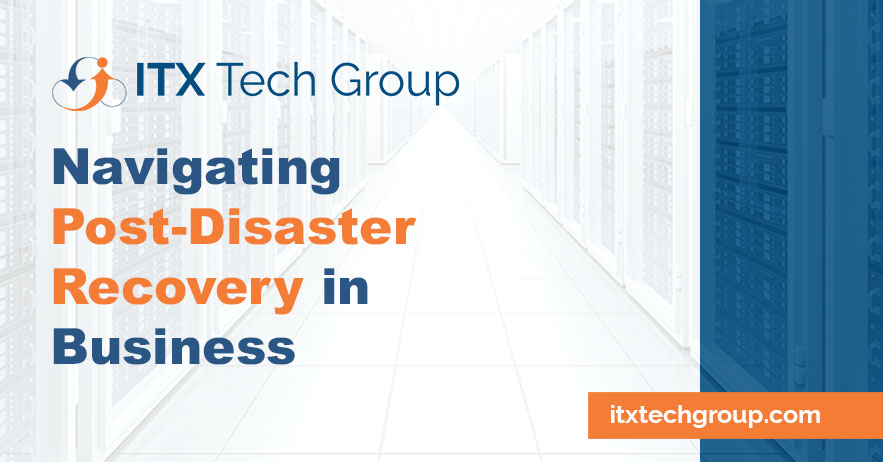In the aftermath of a disaster, the journey to business recovery is both a challenging and pivotal phase.
Navigating the post-disaster recovery landscape requires strategic thinking, adaptability, and a commitment to rebuilding stronger than before.
In this article, we will explore essential strategies to help businesses effectively navigate the post-disaster recovery landscape and emerge resilient in the face of adversity.
Assessing the Damage
Before navigating the recovery landscape, it’s crucial to conduct a thorough assessment of the damage. Understand the impact on infrastructure, data, and critical business functions.
This assessment serves as the compass, guiding decisions on resource allocation and prioritizing recovery efforts.
Prioritizing Recovery Efforts
In the wake of a disaster, not all aspects of the business can be restored simultaneously. Prioritize recovery efforts by focusing on critical functions that are essential for business continuity.
This strategic approach ensures that the most vital components are addressed first, laying a solid foundation for comprehensive recovery.
Engaging the Recovery Team
Assemble a dedicated recovery team with clear roles and responsibilities. This team becomes the crew steering the ship through the recovery process. Mobilize resources efficiently, leveraging the expertise of team members and external support to expedite recovery efforts.
Effective Communication
Communication is paramount in the post-disaster recovery landscape. Keep stakeholders informed about the situation, progress, and anticipated timelines.
Building trust through transparent communication fosters confidence among customers, employees, and partners, solidifying relationships during challenging times.
Technology as a Recovery Enabler
Leverage technology as a recovery enabler. Cloud computing, virtualization, and collaborative tools can facilitate remote work and expedite the restoration of digital infrastructure. Embracing innovation in technology enhances efficiency and accelerates the recovery process.
Adapting Business Processes
The post-disaster landscape may necessitate adjustments to existing business processes. Embrace flexibility and adaptability to ensure resilience. Evaluate and modify workflows, considering lessons learned from the disaster to create more robust and adaptable processes.
Employee Support and Well-Being
Employees are the backbone of any organization, and their well-being is integral to successful recovery. Provide support services, communicate openly about the recovery process, and establish mechanisms for addressing the emotional impact of the disaster.
Fostering a supportive culture enhances employee resilience and commitment.
Learning from the Experience
Every disaster and recovery effort provides valuable lessons. Establish a process for capturing and analyzing these lessons to inform future recovery plans. Continuous improvement based on real-world experiences enhances the organization’s ability to navigate future challenges.
Collaboration with External Entities
In the post-disaster recovery landscape, collaboration with external entities is essential. Engage with partners, suppliers, and local authorities to coordinate efforts, share resources, and tap into external expertise.
Strengthening alliances enhances the collective ability to navigate challenges and recover more efficiently.
Risk Mitigation and Preparedness
The post-disaster recovery landscape is an opportune time to reassess and enhance risk mitigation strategies. Identify vulnerabilities exposed by the disaster and implement measures to mitigate similar risks in the future.
Preparedness becomes a continuous journey towards building a more resilient and adaptive business.
Conclusion
Navigating the post-disaster recovery landscape is a complex and dynamic process, but it also presents an opportunity for growth and resilience.
By strategically assessing damage, prioritizing recovery efforts, leveraging technology, fostering employee well-being, and learning from the experience, businesses can chart a course towards not only recovery but a stronger and more resilient future.
In the face of adversity, effective navigation through the recovery landscape is the key to emerging stronger, more adaptable, and ready for the challenges that lie ahead.
ITX Tech Group has been serving small, medium, and large scale businesses with their IT support and cybersecurity needs all over the United States since 2011, so we’re confident we can provide you with affordable, professional IT solutions for years to come!
Connect with us for a free consultation to discuss your business technology needs.

